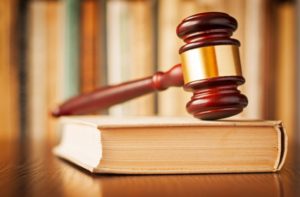Edward A. Dickson Lecture
University of California, Riverside
In February, 2018, I began a new scholarly odyssey. I became an inaugural fellow of the University of California National Center for Free Speech and Civic Engagement.
In my fellowship application I proposed the following question: “over the past fifty years, why have so many diversity advocates become opposed to our nation’s hallowed tradition of free speech?” However, I soon discovered that I had asked the wrong question. Instead my question became “over the past fifty years, what has happened when two worthy values collide: inclusive diversity and robust speech?”
Today I invite you to accompany me on part of my personal odyssey. This involves two acts followed by a brief epilogue. Please join the conversation by posting questions and comments in the chat box. I’ll also pause for a few minutes of discussion following each of the three segments. And if the digital gods should step in and freeze me for a minute or so, please hang around. Like the Terminator, I’ll be back.
Act One will focus on speech, primarily through the lens of diversity. Act Two will address diversity, primarily through the lens of speech. In the epilogue, I will suggest what I think lies ahead for the intersection of diversity and speech.
Continue reading Speech vs. Diversity, Diversity vs. Speech – by Carlos E. Cortés →
 The Under-Representation of Women at the Highest Levels of the Legal Profession
The Under-Representation of Women at the Highest Levels of the Legal Profession 
